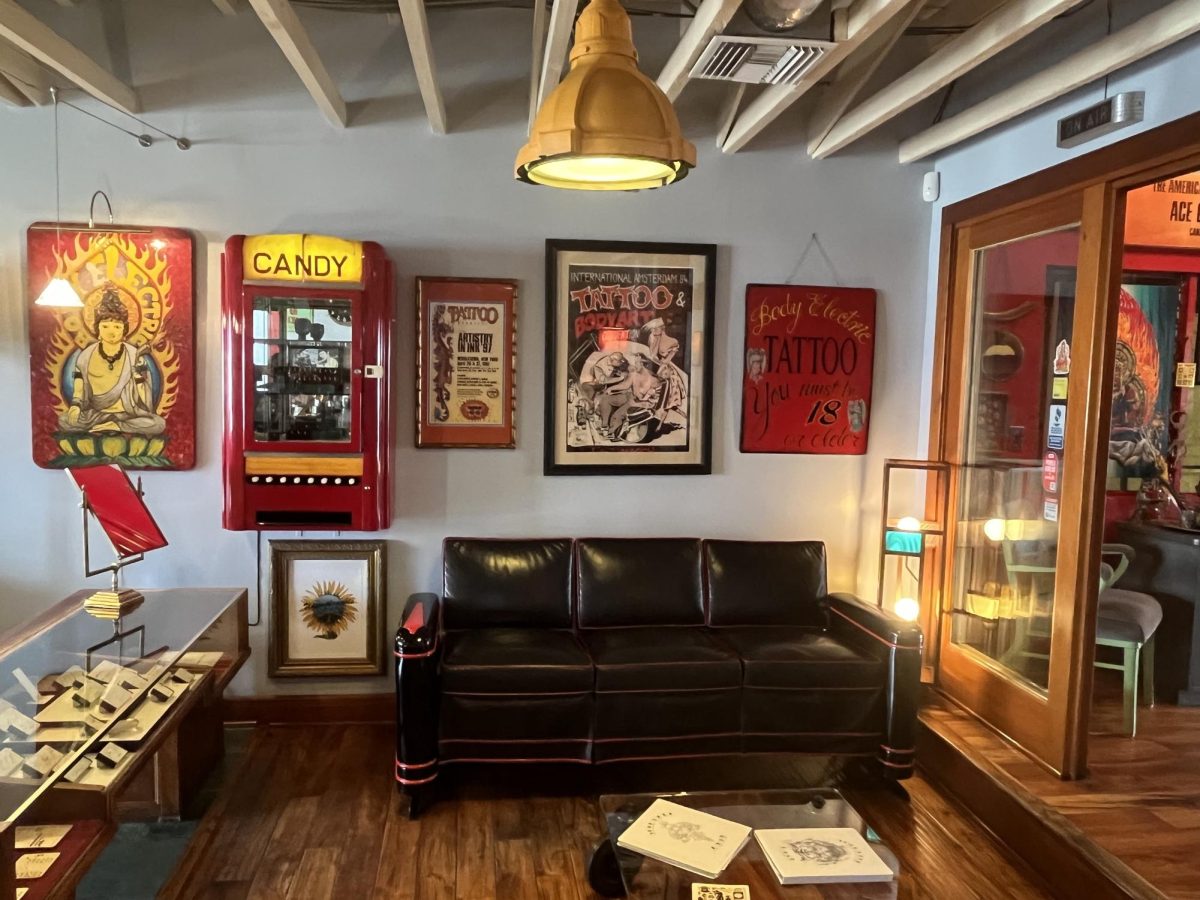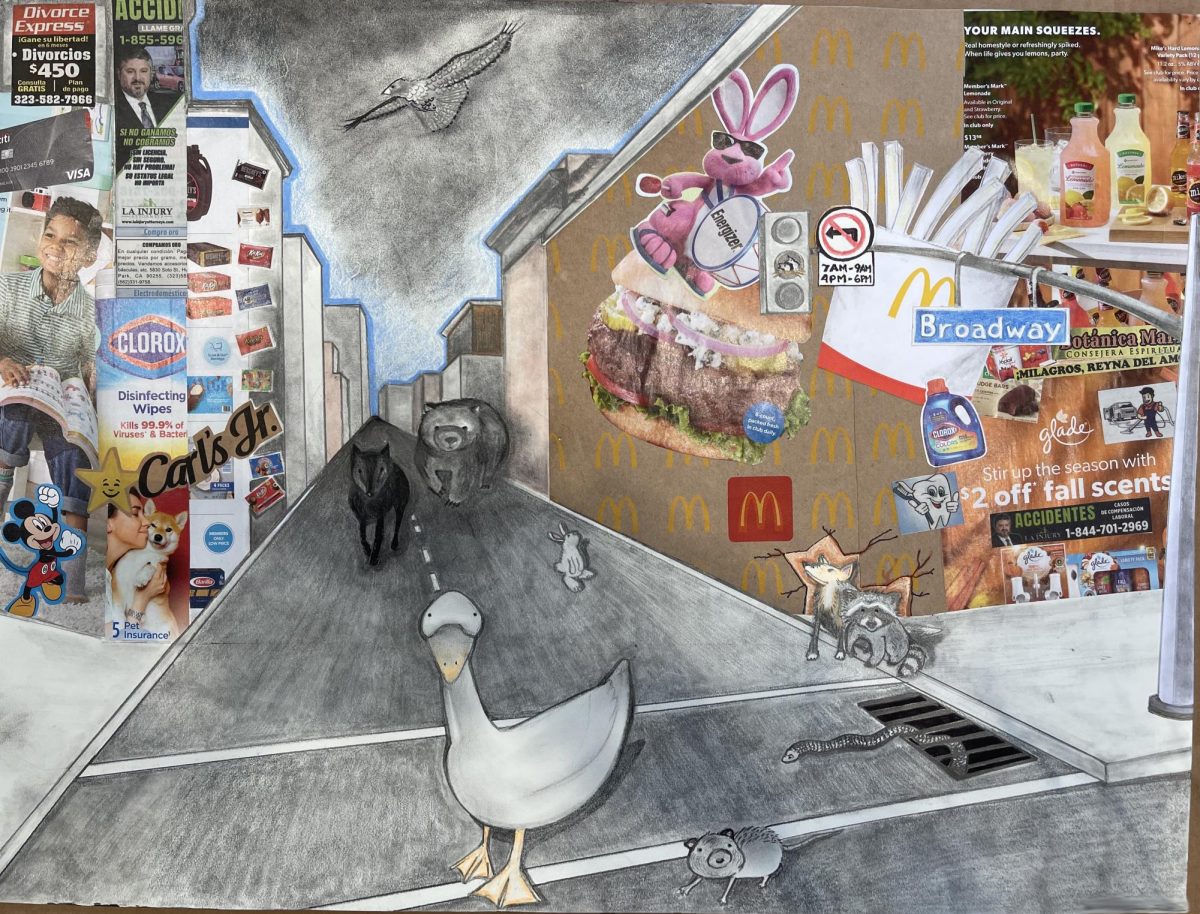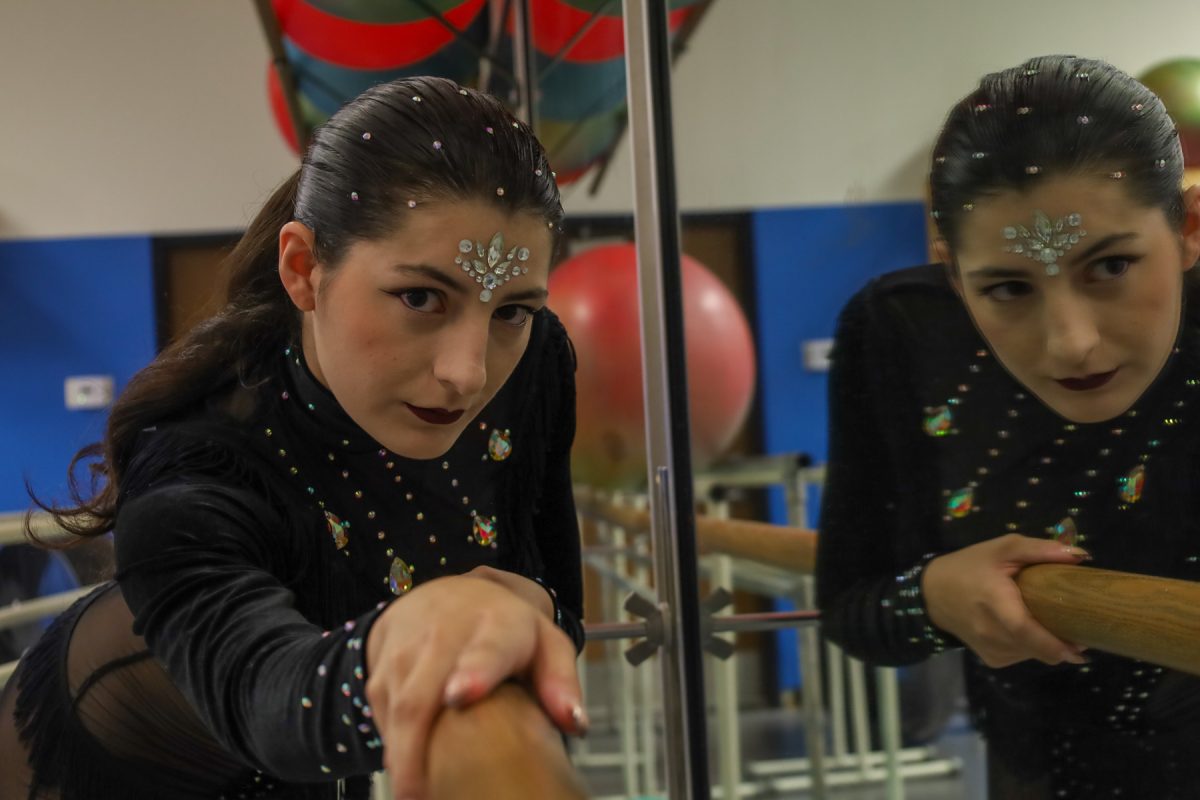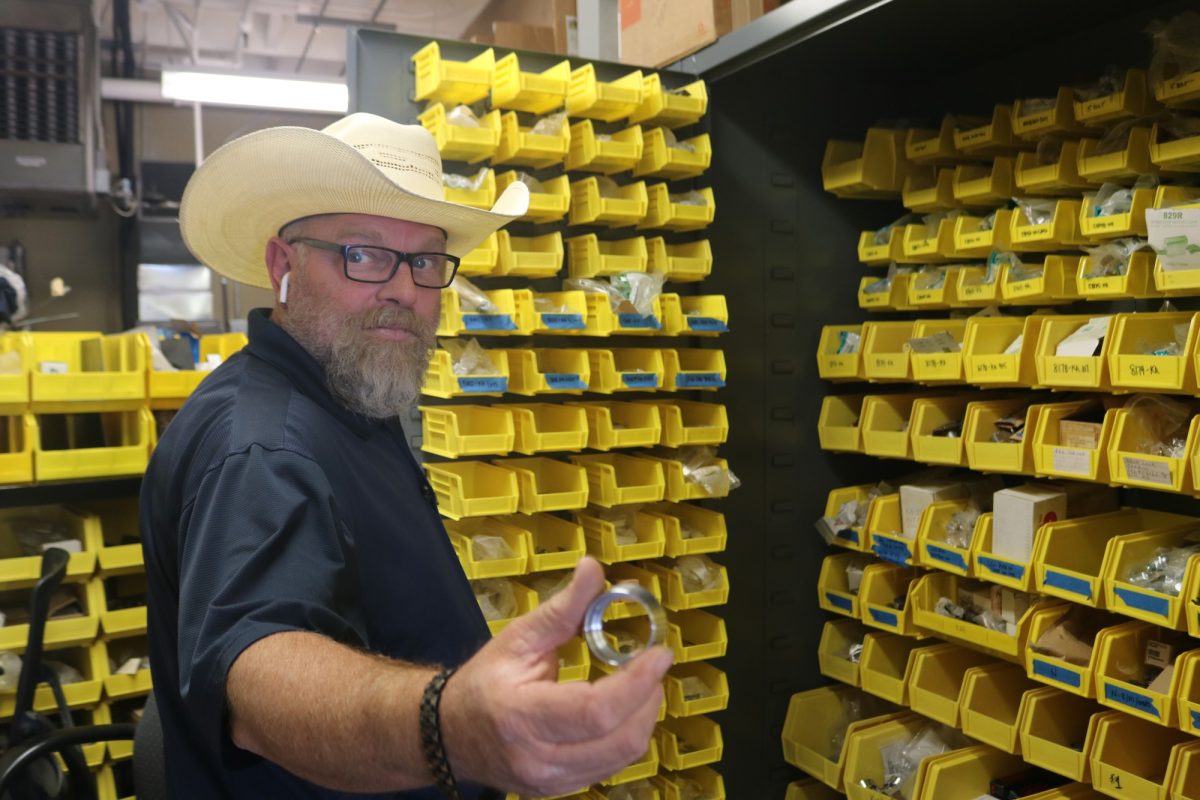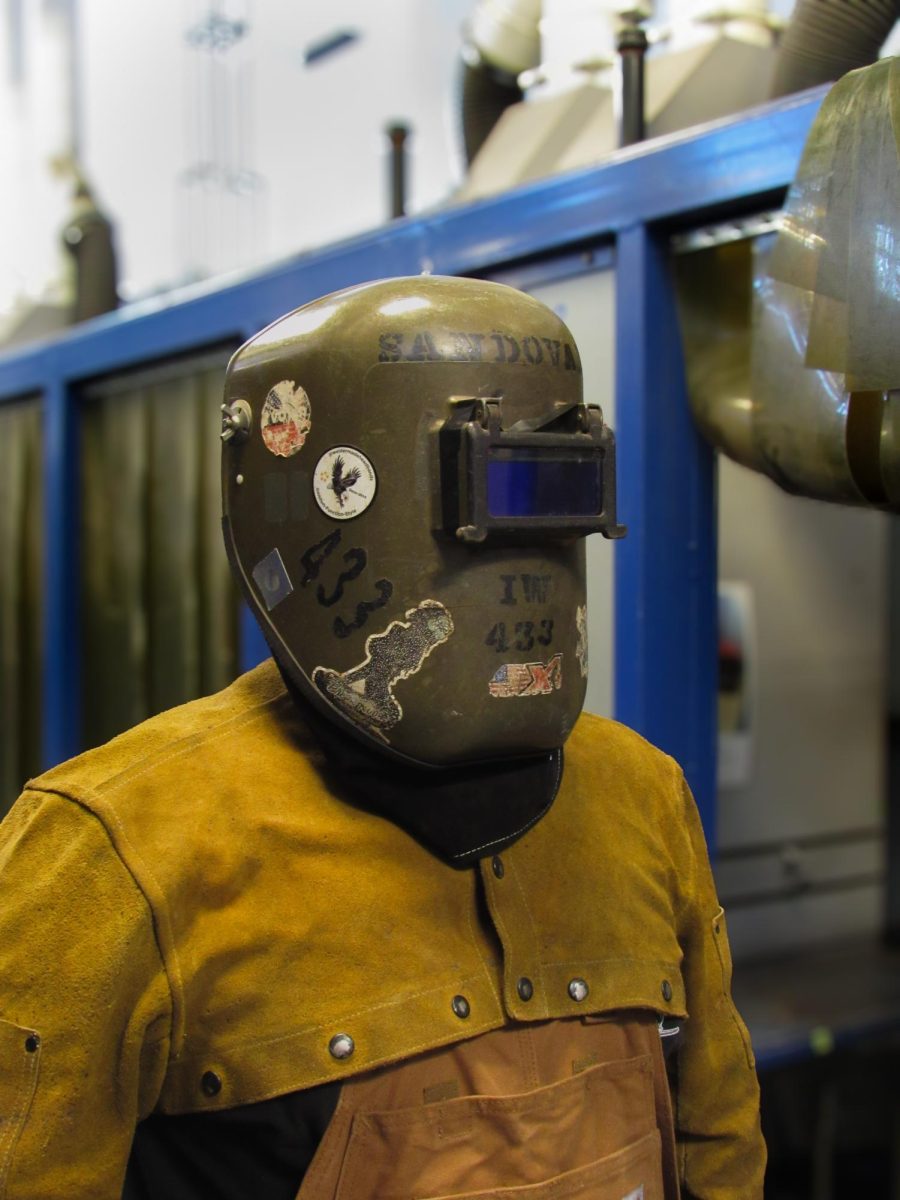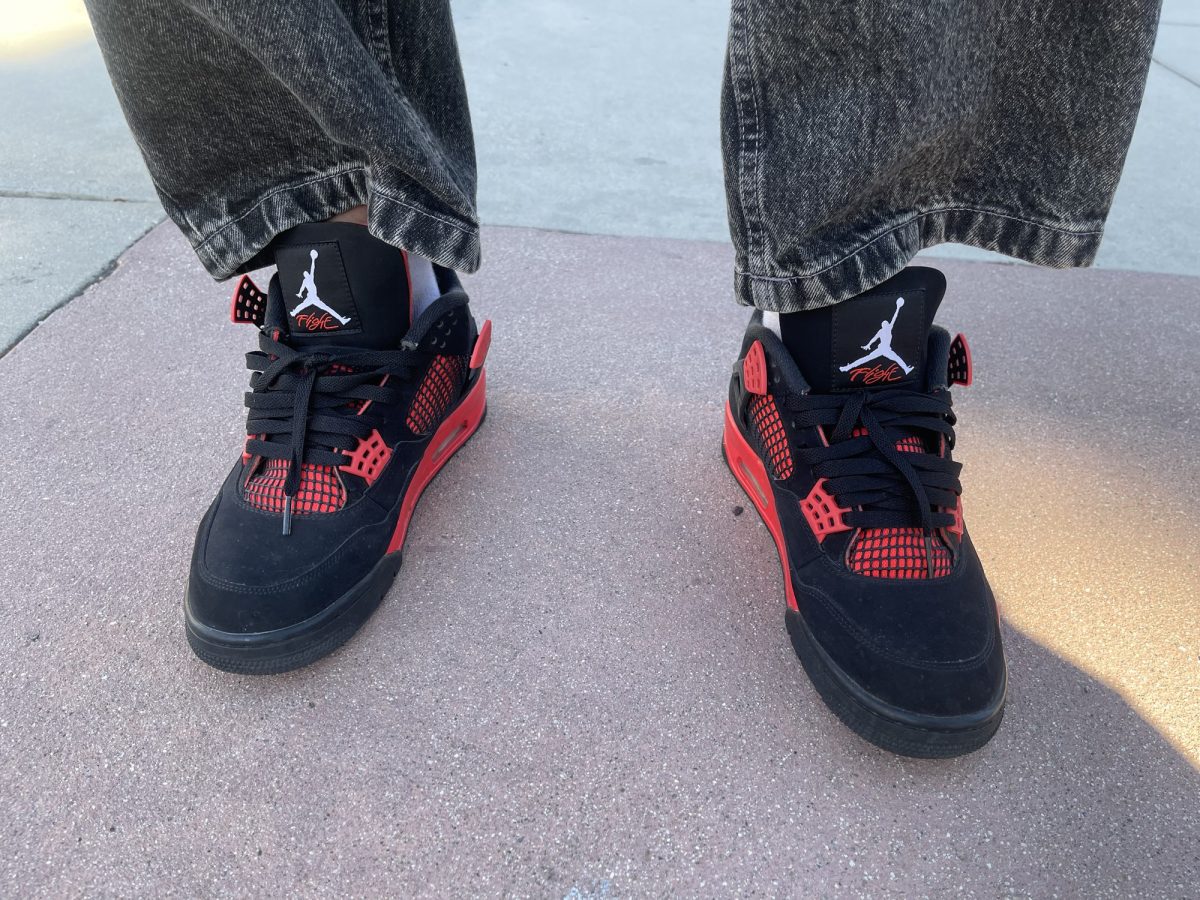After making the 2,196-mile journey from Guatemala to the California-Mexico border in 1990, new life opportunities were in reach for my mom.
The 30-foot tall border wall was the only thing impeding access to a new way of life for my mom, who was 37 years old.
As she climbed toward the top, border patrol was approaching.
A coyote, someone who specializes in smuggling immigrants across the border, screamed at everyone to hurry and get off the wall.
According to USAFacts, the U.S. averaged 1.3 million border apprehensions per year during the ‘90s.
Not getting caught was the only thing on my mom’s mind.
Without hesitating, she jumped off.
On the way down, her body felt weightless. Then she realized the ground was much further than anticipated.
Once she made contact with the ground, a sharp, excruciating pain engulfed her lower body.
Bones in her legs were piercing through her skin. She couldn’t move and wailed in pain.
My mom was pulled aside to nearby bushes and left for dead.
Blood gushed out of the open wounds and covered her legs. The severe pain left her near unconscious.
Her still body was laying in the desert until my uncle, who was also traveling across the border at a later time, was able to find and take her to safety.
While carrying my mom on his back, my uncle noticed her legs moved on their own like noodles.
Upon arriving in Los Angeles, she was taken to the Ronald Reagan UCLA Health Center, where she had surgery.
It took nine months to recover but the trauma and effects from her fall would stay with her to this day.
Some of my earliest memories are vivid moments with my mom.
We’re at a park running around, throwing a ball back and forth and playing basketball for hours.
As I grew up, my mom’s physical condition worsened in her lower body.
The surgery shortened the length of her left leg, leaving an imbalance in her step and posture.
Our time outside together would shorten over the years.
My mom, now 70 years old, is only able to walk short distances around our house due to ongoing pain in her legs and lower back.
To securely maneuver around the house, she has to grab onto obstacles including furniture and storage drawers.
As time went on, she became used to the pain and so did my image of her.
It became normal for me to see her take more than nine pills a day to help diminish her pain and move around.
In July 2024, after running on a basketball court at a park, one quick turn caused me to fall.
I heard ligaments in my ankle tear like toothpicks when my ankle bent close to 90 degrees.
My left ankle felt dull. I was in shock since I had never experienced an injury this severe.
The swelling grew and I could no longer walk or move my foot as I used to.
When I got home, my mom noticed my struggle to move around.
Despite her physical condition, she came to my aid and cared for my ankle.
The next day, my ankle ballooned in size and I couldn’t try to move it due to the pain and swelling.
I had to call off my work shifts at LAX since my job requires me to walk about six miles and push luggage carts around the terminals.
While I recovered at home, two weeks’ worth of income were lost.
When moving around the house, I had to grab things for support.
I was experiencing the same thing my mom has been struggling with for over 30 years.
After my mom came to me to ask how my foot was feeling, I was brought to tears.
Words struggled to come out as I sobbed about a selfish realization.
I had become accustomed to my mom struggling to move around and started not to appreciate her as I used to.
My sprained ankle was nothing compared to the life-changing physical trauma she went through.
Although my injury only lasted six weeks, it reminded me to appreciate all my mom has done and continues to do for me.
Despite her pain and struggles after the accident, she has been able to courageously live her best life, not making a big deal out of her condition and always progressing forward.






